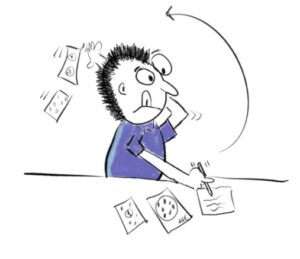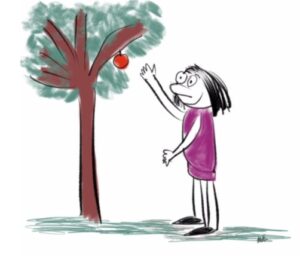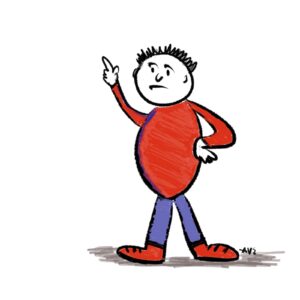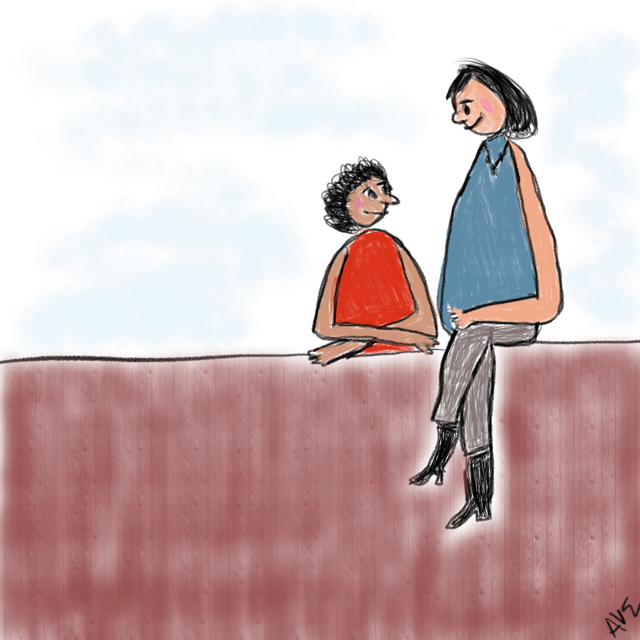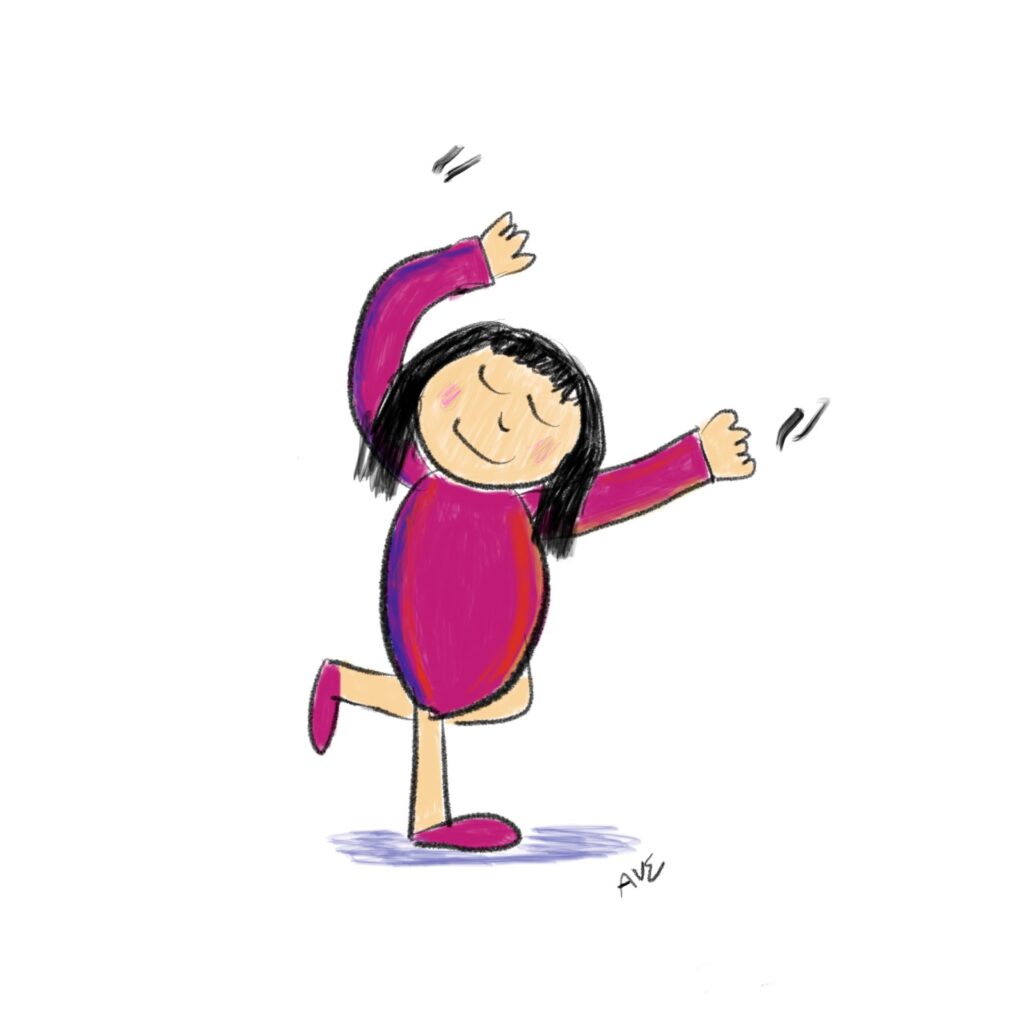
When I talked with Ken about the death of his elderly father, he shared that his siblings and family were angry at him for live-streaming the funeral rather than engaging in the traditional Irish wake and funeral. They did not seem to understand that he was honoring the wishes of his mother to keep the gathering small and keep the grandchildren safe, since most were not vaccinated. Ken wondered if he would be able to reunite the family. Sally was facing a similar dilemma. Her son is getting married and the bride’s family does not support vaccinations. Young family members are expected to be in the wedding ceremony without masks.
I was invited to speak to a group that was meeting in a restaurant. The convener mentioned how important in person meetings are to him. Others chose not to attend the meetings since COVID-19 cases were rising in our town.
I hear about such challenging dilemmas people are facing often. Many have chosen not to talk with friends, family members and colleagues. Others have cut off relationships completely. These are difficult conversations.
First, it is important to become aware of your own emotions and to be kind to yourself. These are challenging times and we are each required to assess risk and determine our comfort levels without full certainty. I used to say that most things we face with our colleagues and family members are not life and death issues. However, more things raise our fears now and may feel like life and death issues. Notice intense feelings and give yourself empathy and ask for real empathy from a friend in order to cool down and have some space in order to to shift to being more open and curious. Sometimes this may take some time.
When you are ready for a conversation, be respectful of the other person. In fact, you can say something like, “My intention is to be respectful and open. I want to hear your perspective.” It is easy for each of us to feel that those with other views don’t value or respect us. Work to be genuinely curious and open to learn.
From this stance, fully listen and give empathy to the other person’s view. Perhaps they feel that worrying about safety does not make sense. You can appreciate their point of view. Empathy does not mean you agree. You can even say that you value your relationship and can respectfully agree to disagree. We each have different backgrounds and have different reasons for our positions. You want to understand what is below the position and understand what is most important. Ideally, you and your family member or colleague will want to maintain your connection.
Ideally, you will then be able to agree on an action that will meet both of your needs. For example, Ken and his siblings agreed to have a family Zoom gathering where the grandchildren and all the family members could freely say goodbye to their father and grandfather. Sally and her son agreed that the young family members would wear festive masks in the wedding ceremony. The group I spoke with had an additional video meeting for those who chose not to meet in person. I spoke twice.
Most importantly, each of those involved in these cases felt respected and felt that the relationships were valued and even grew as they worked through the potential conflicts.
These are challenging times where we each need to take an Open Stance and assess how to manage our risks and how to foster our relationships. It requires being self-aware and respectful as well as empathetic as we engage in conversations.


